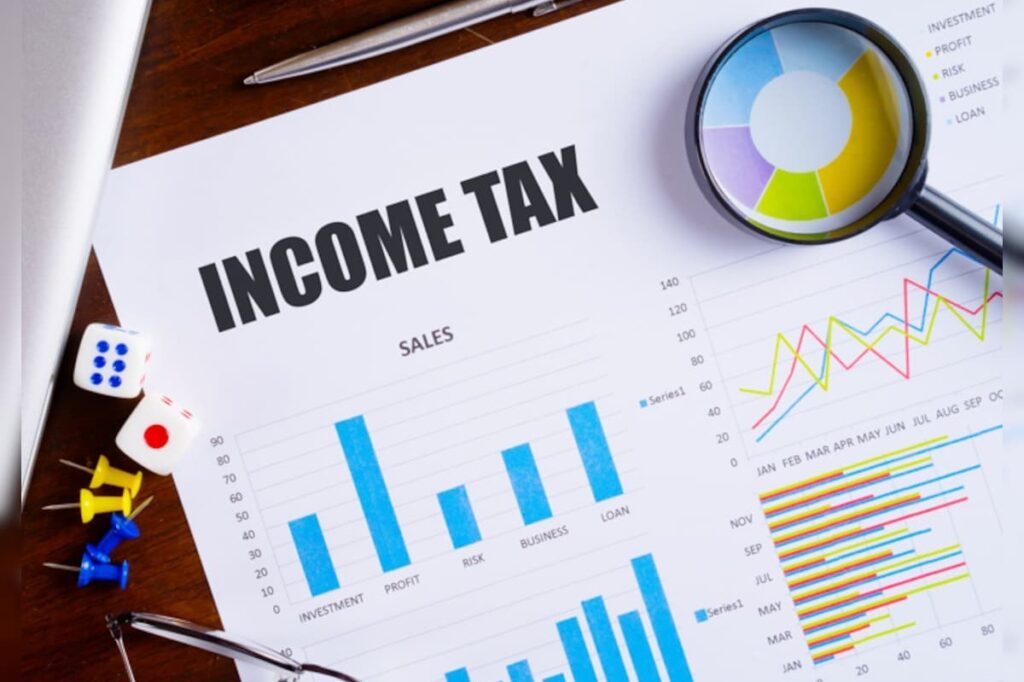Key Tax Changes Effective From April 1: What You Need to Know

Representational pic
April 1 marks the commencement of the new financial year, ushering in several changes in tax rules outlined in the Union Budget proposals announced by Finance Minister Nirmala Sitharaman earlier this year.
Here’s a comprehensive overview of the key changes set to take effect from April 1:
1. Default Adoption of New Tax Regime: Effective April 1, there will be a default adoption of the new tax regime, aimed at simplifying the tax filing process and encouraging greater participation. Taxpayers will still have the option to continue with the old tax regime if it proves more advantageous for them.
2. Revised Tax Slabs: Under the new tax regime, the revised tax slabs are as follows:
– Income from ₹3 lakh to ₹6 lakh will be taxed at 5%
– Income from ₹6 lakh to ₹9 lakh will be taxed at 10%
– Income from ₹9 lakh to ₹12 lakh will be taxed at 15%
– Income from ₹12 lakh to ₹15 lakh will be taxed at 20%
– Income above ₹15 lakh will be taxed at 30%
3. Incorporation of Standard Deduction: The standard deduction of ₹50,000, previously applicable only to the old tax regime, has now been integrated into the new tax regime. This adjustment will help reduce taxable income for taxpayers under the new regime.
4. Reduction in Surcharge: The highest rate of surcharge, previously set at 37% on income above ₹5 crore, has been reduced to 25%, offering some relief to high-income earners.
5. Taxation on Maturity Proceeds from Life Insurance Policies: Maturity proceeds from life insurance policies issued on or after April 1, 2023, where the total premium exceeds ₹5 lakh, will now be subject to taxation.
6. Revised Leave Encashment Tax Exemption Limit: The tax exemption limit for leave encashment, applicable to non-government employees, has been substantially increased from ₹3 lakh to ₹25 lakh.
These changes signify a significant overhaul in the tax landscape, affecting taxpayers across various income brackets. It is essential for taxpayers to familiarize themselves with these modifications to effectively navigate the new tax regime and optimize their tax planning strategies accordingly.









